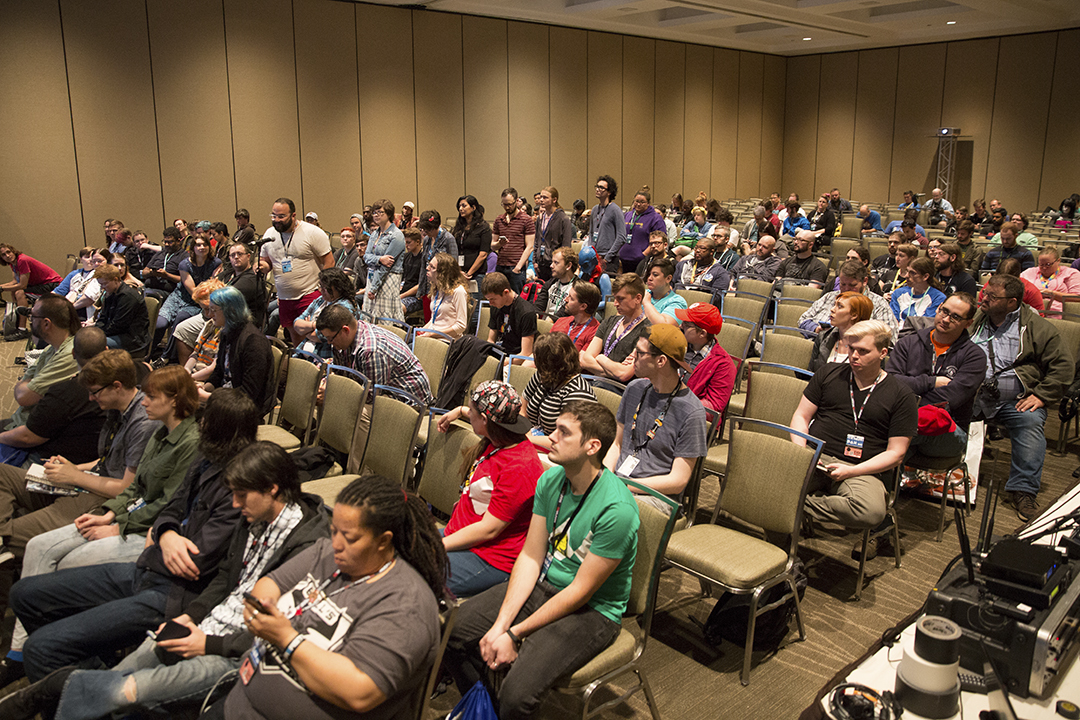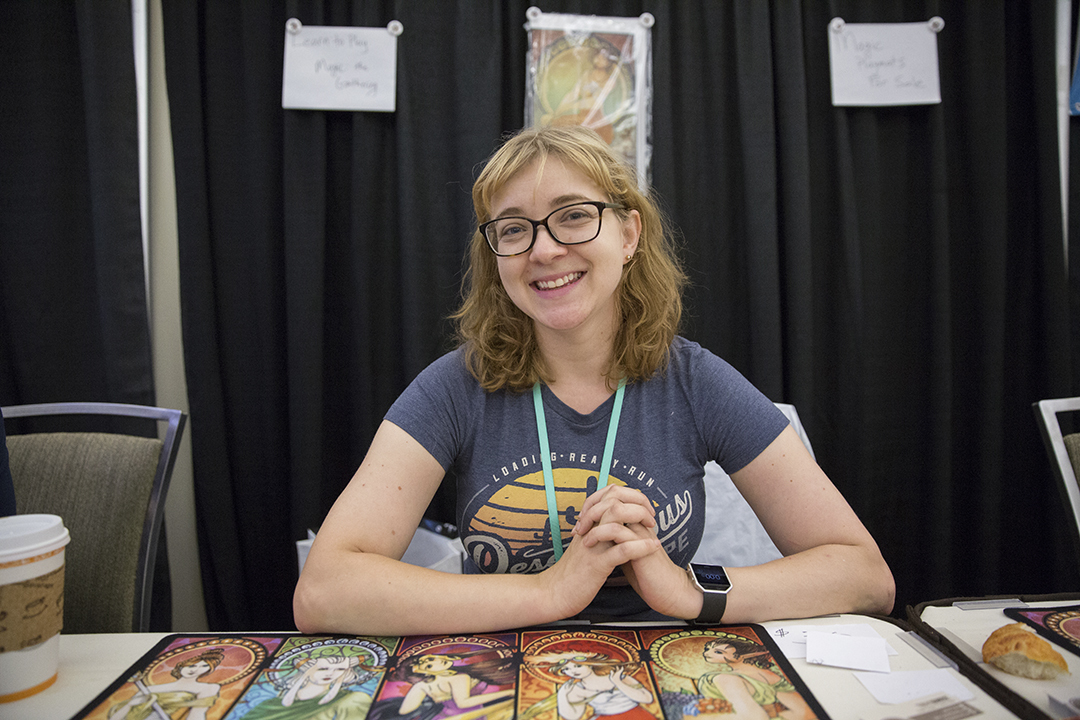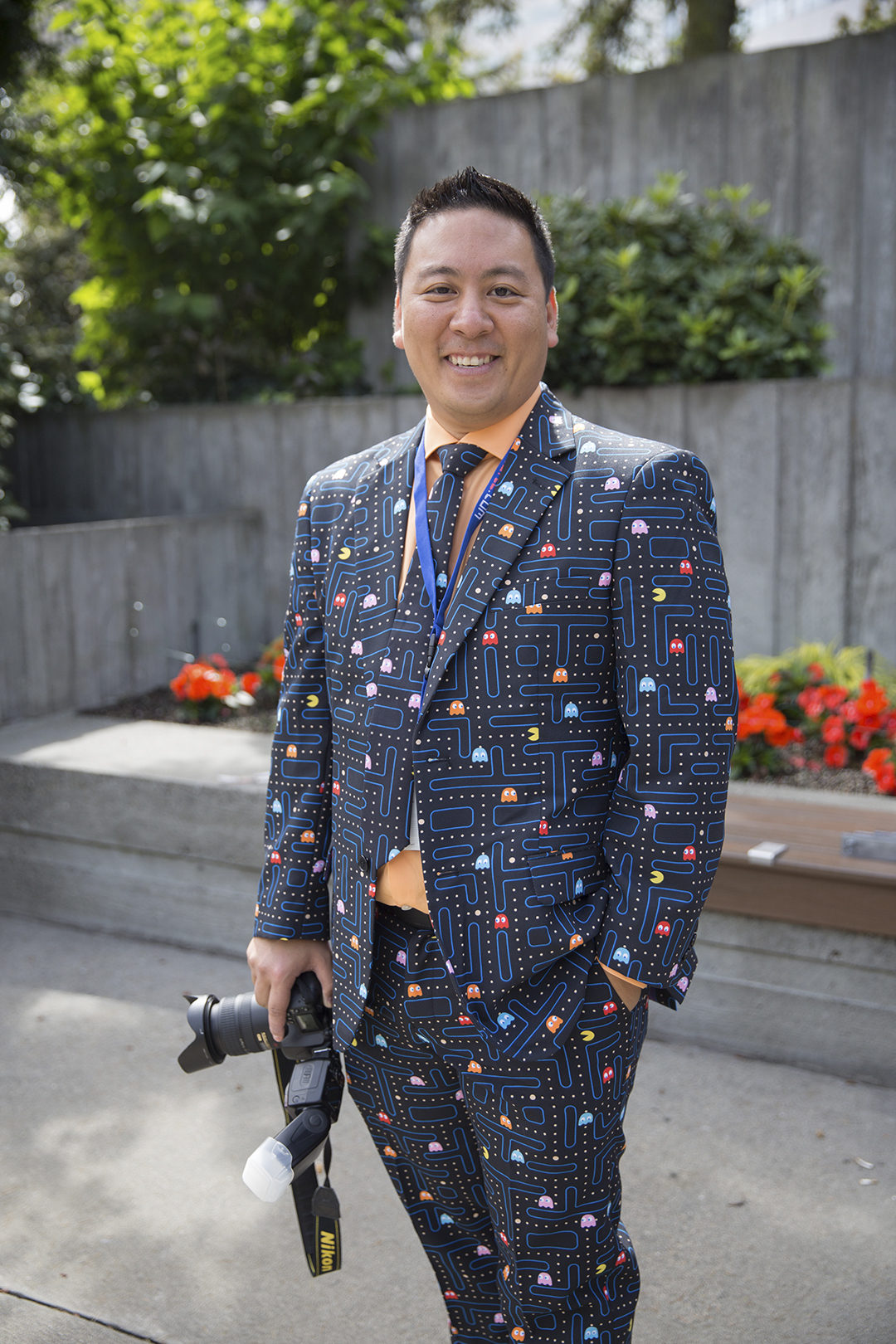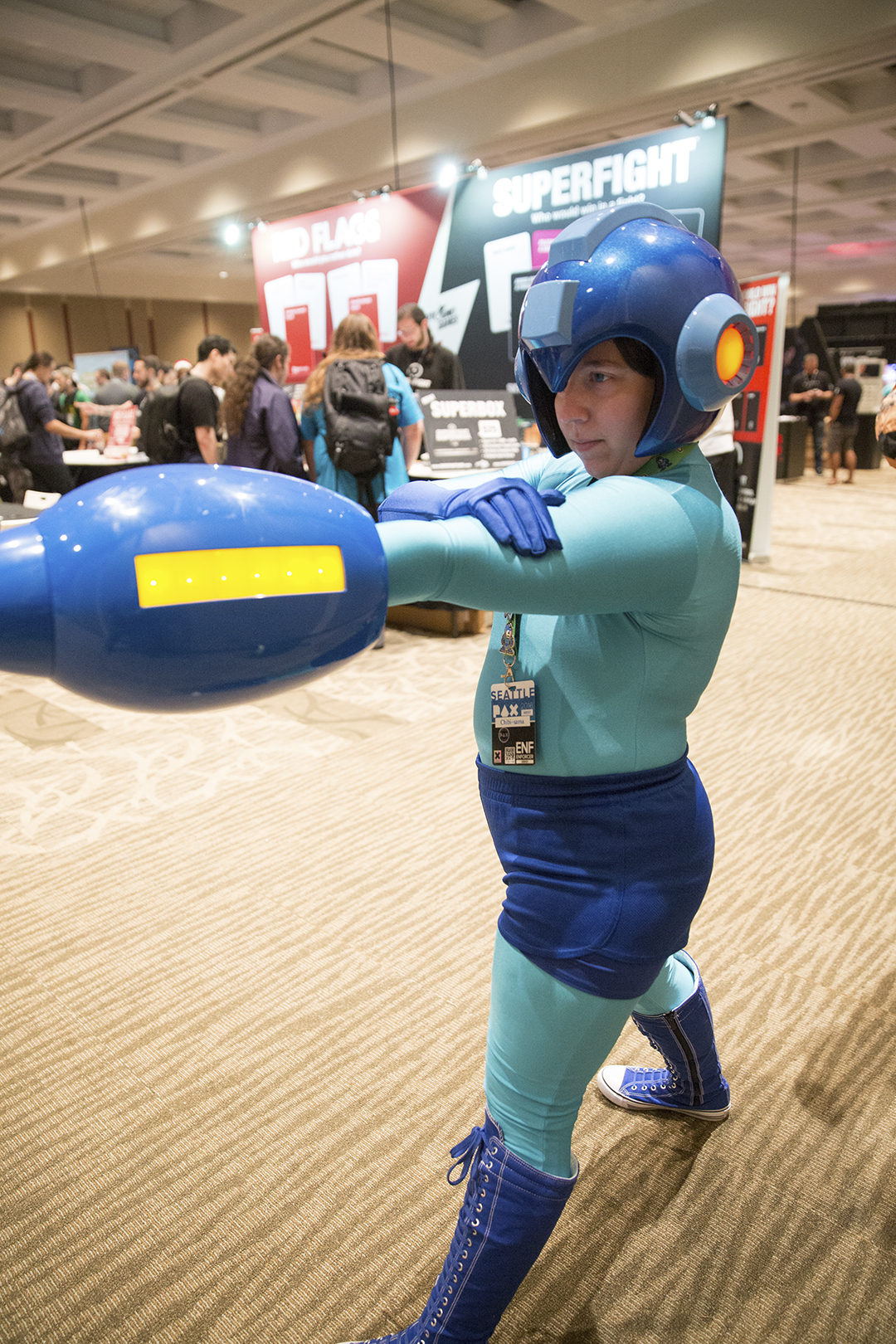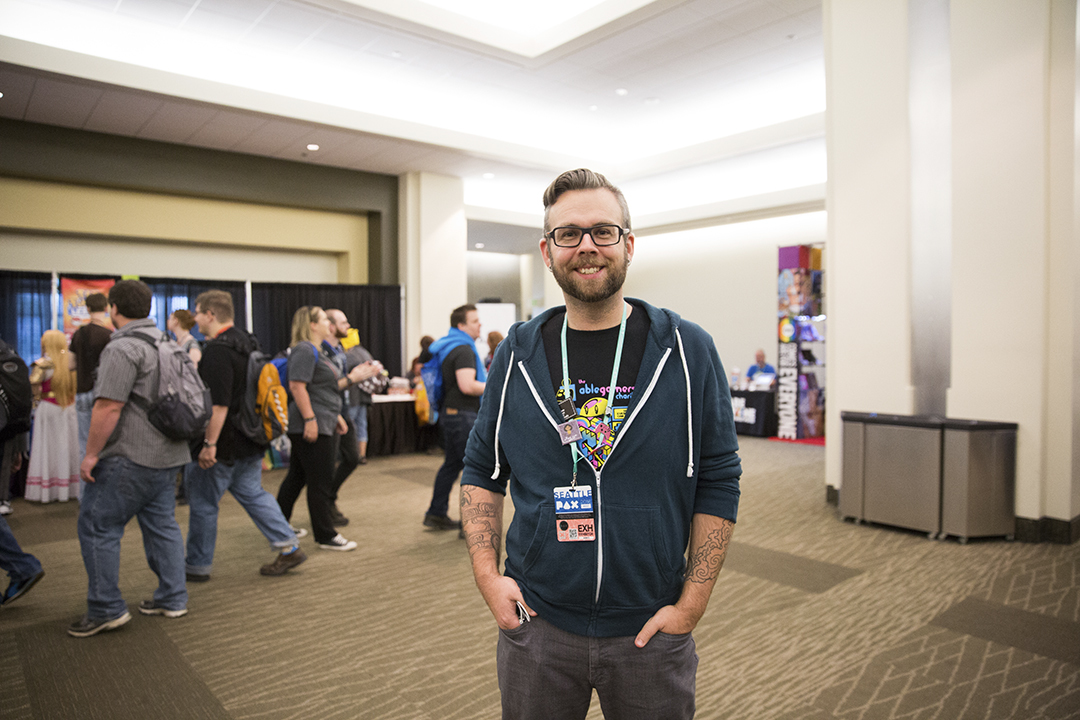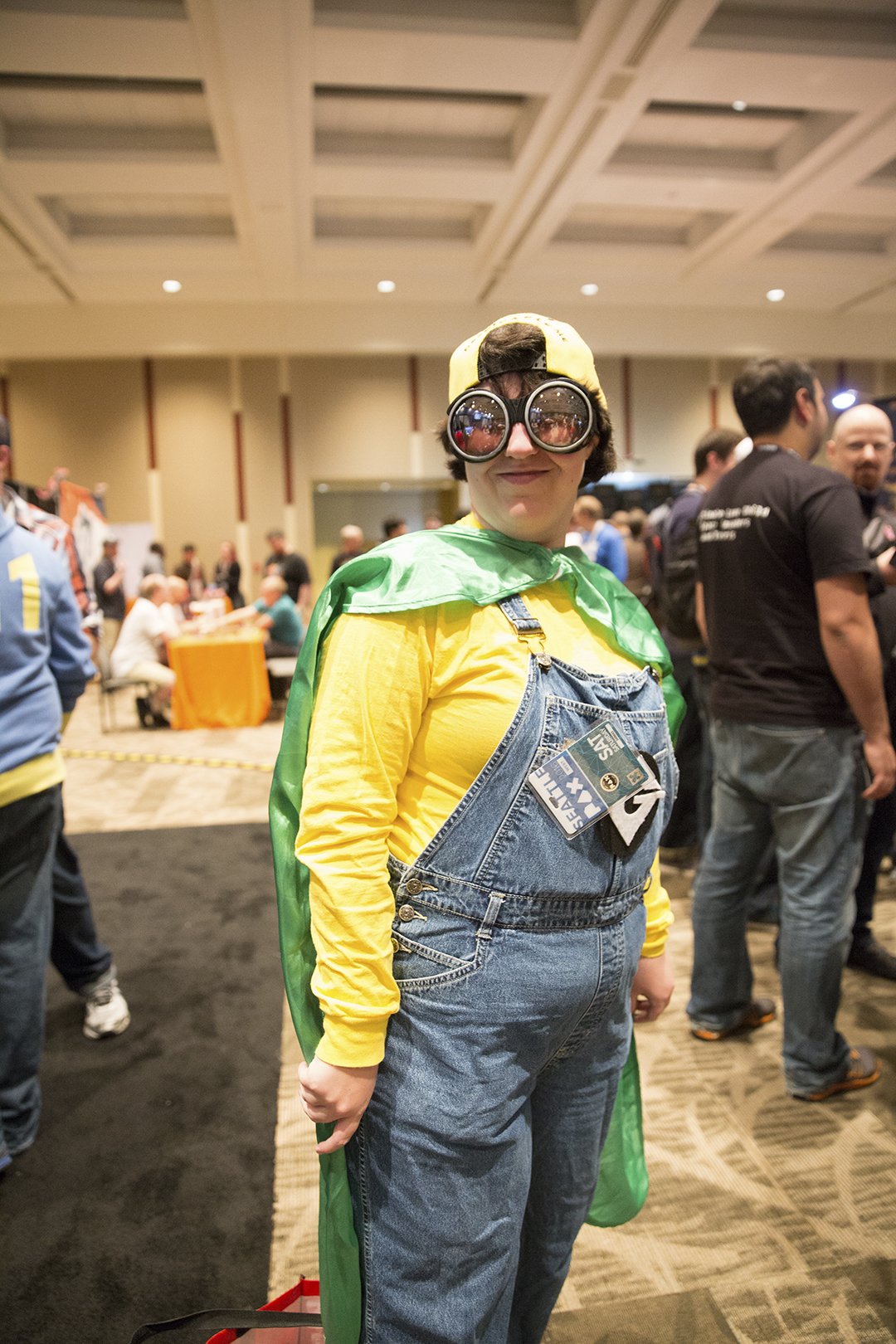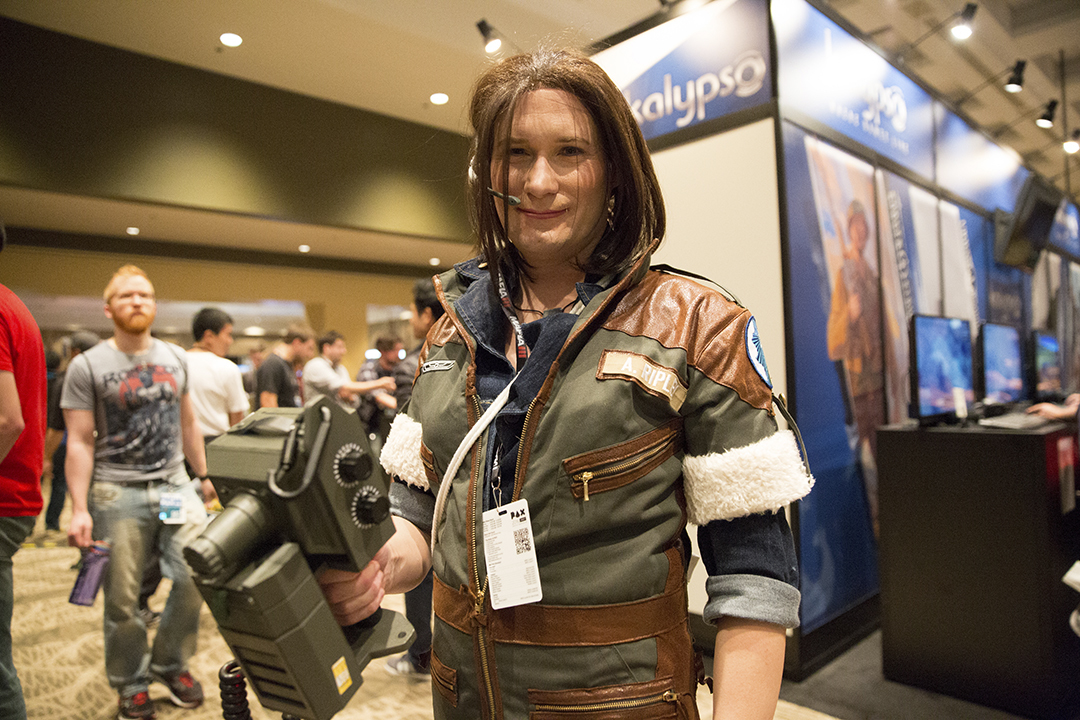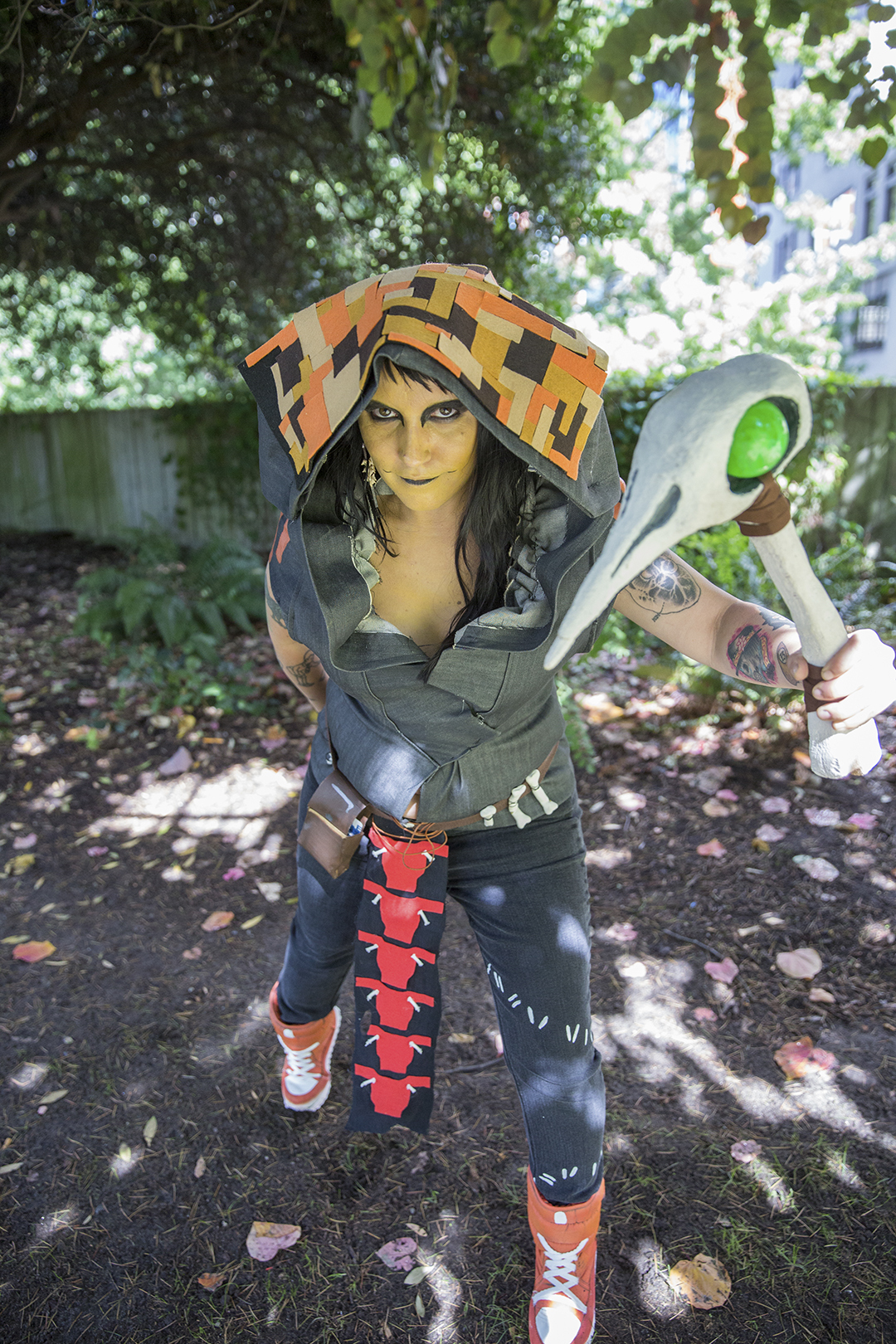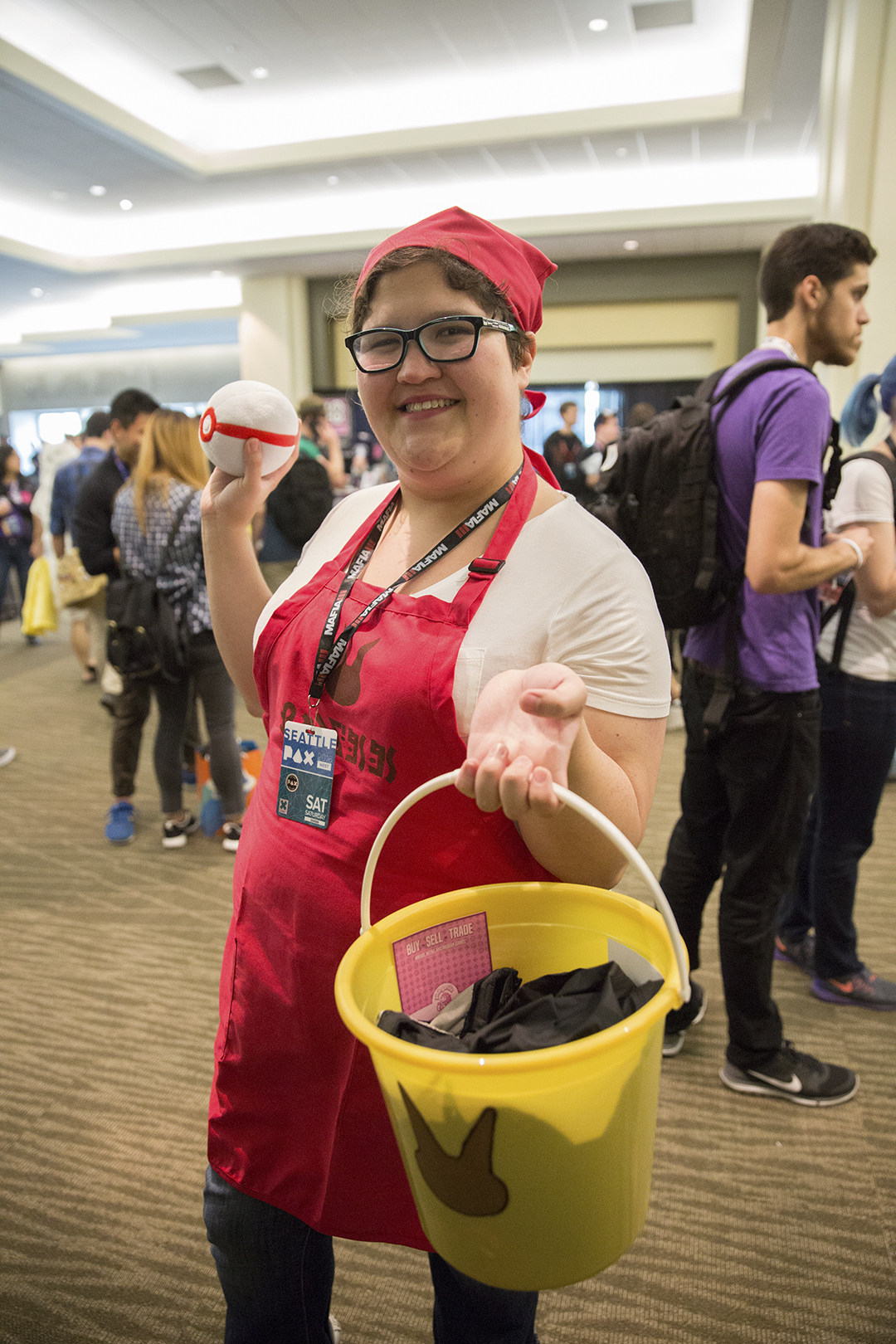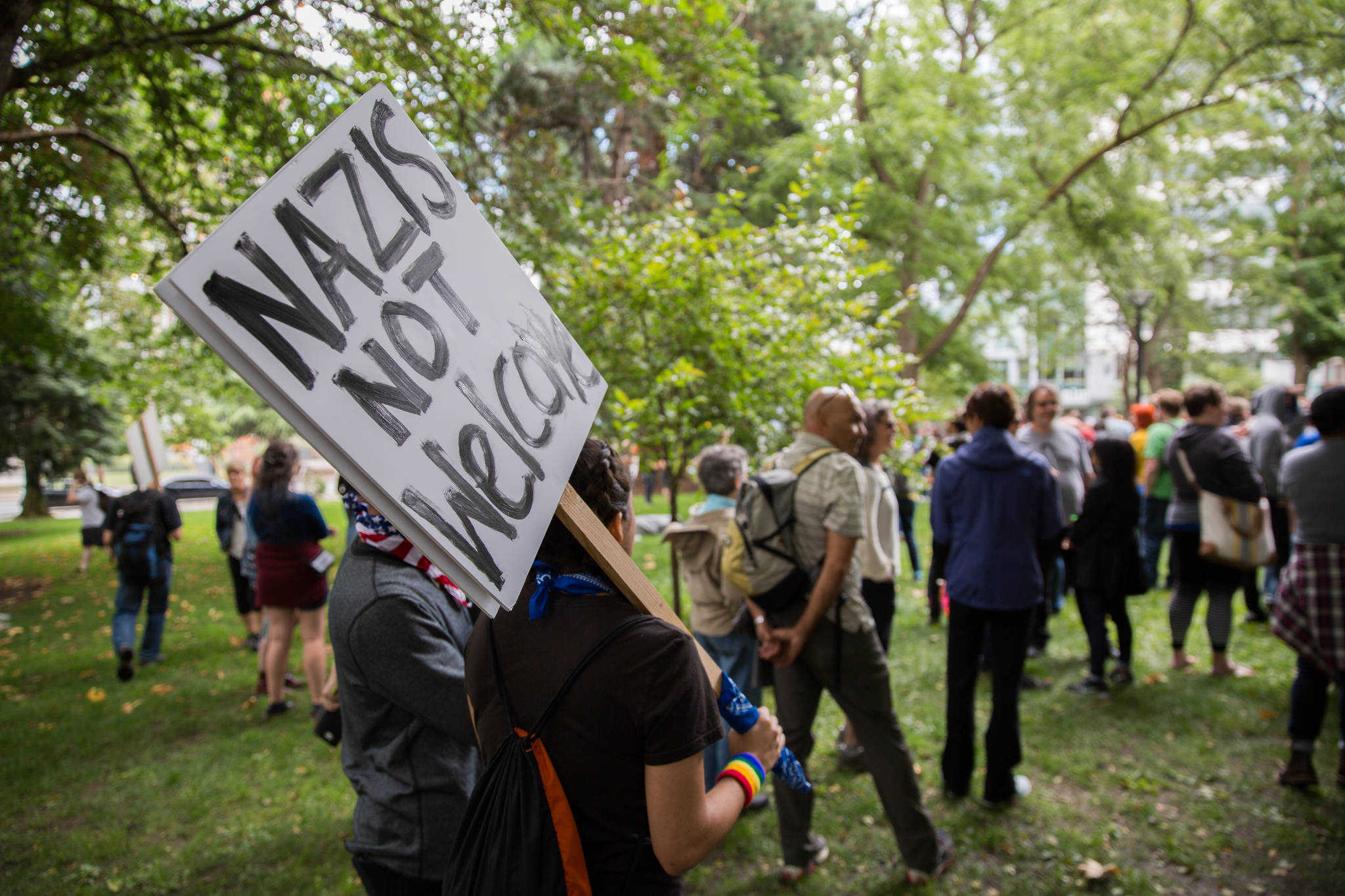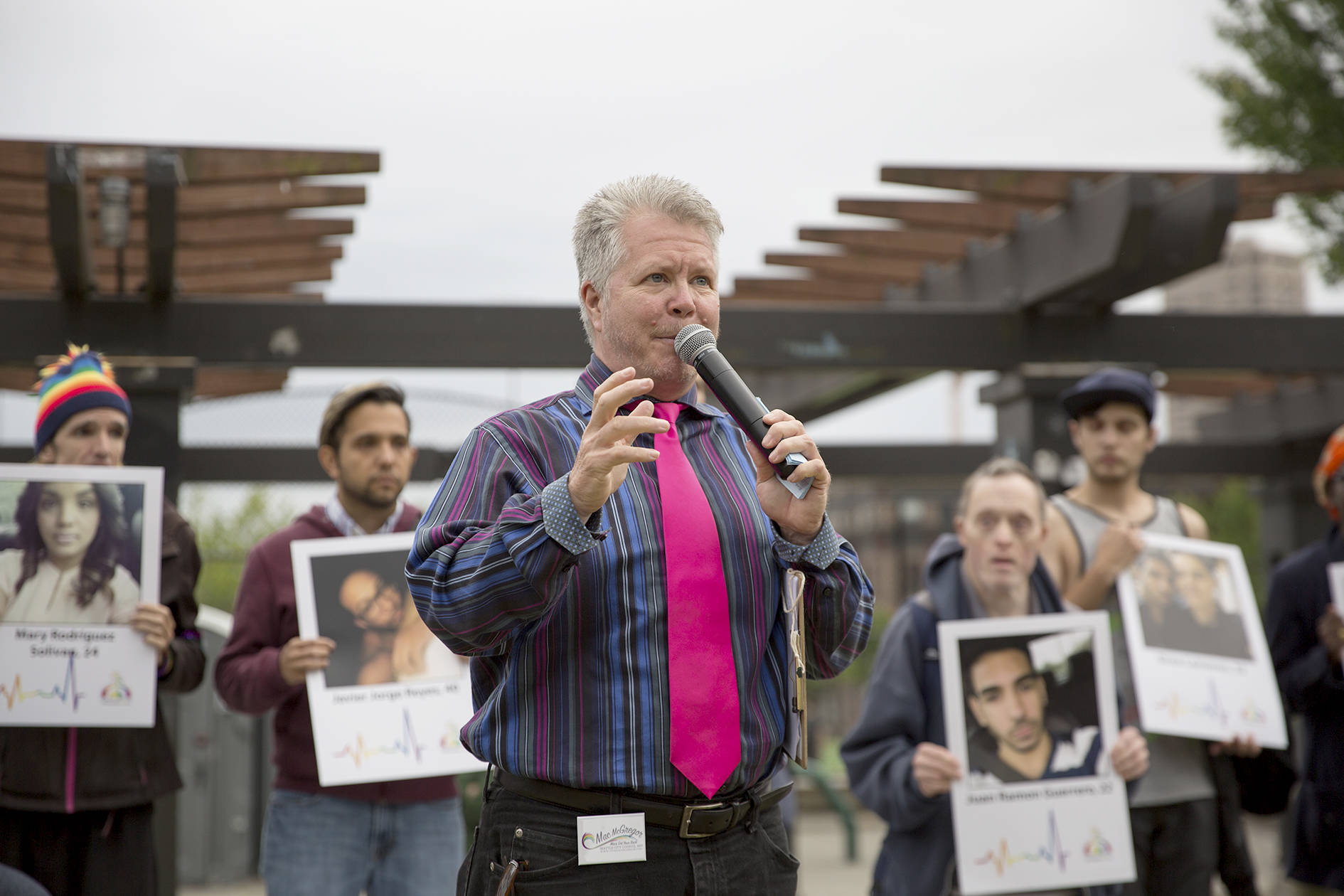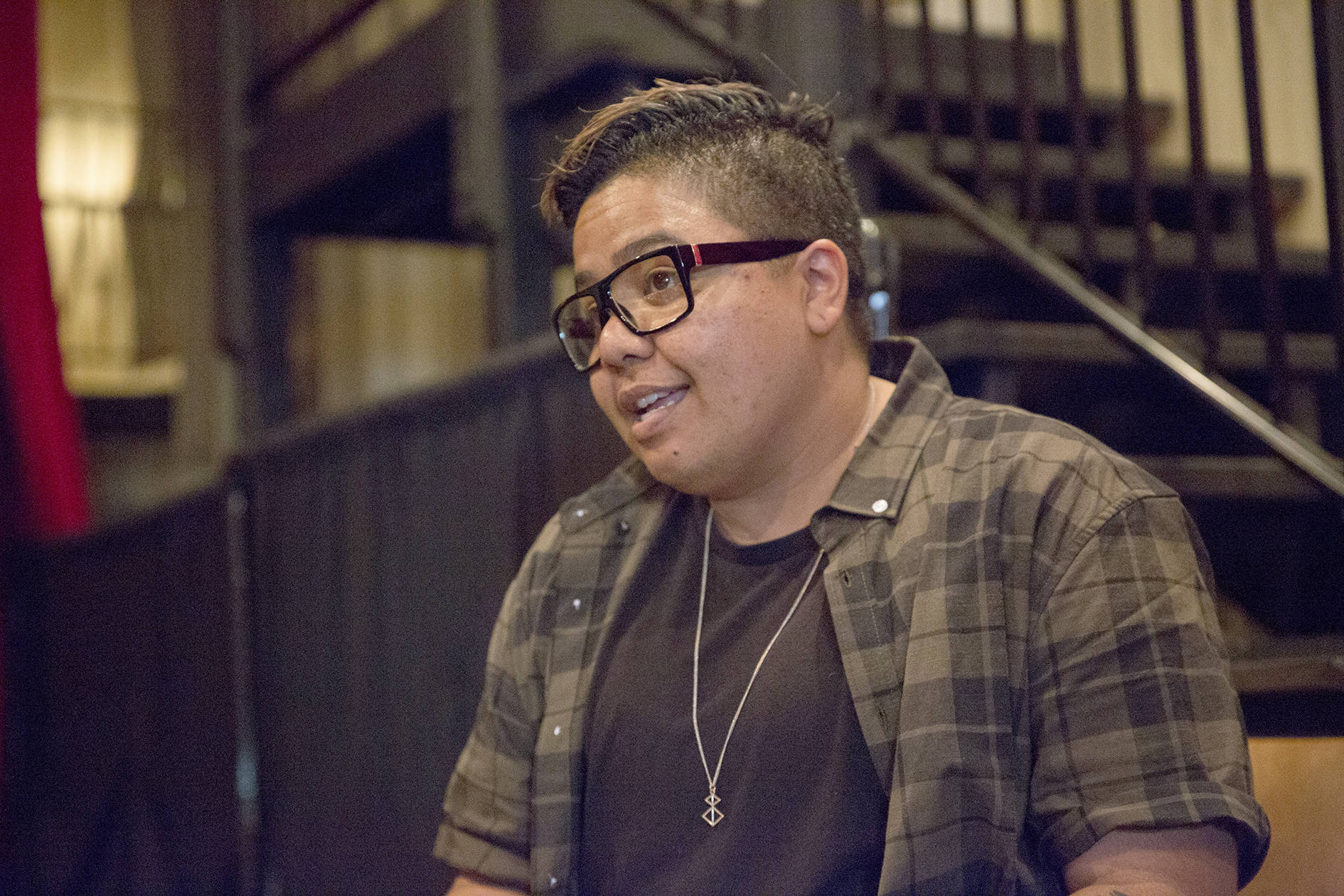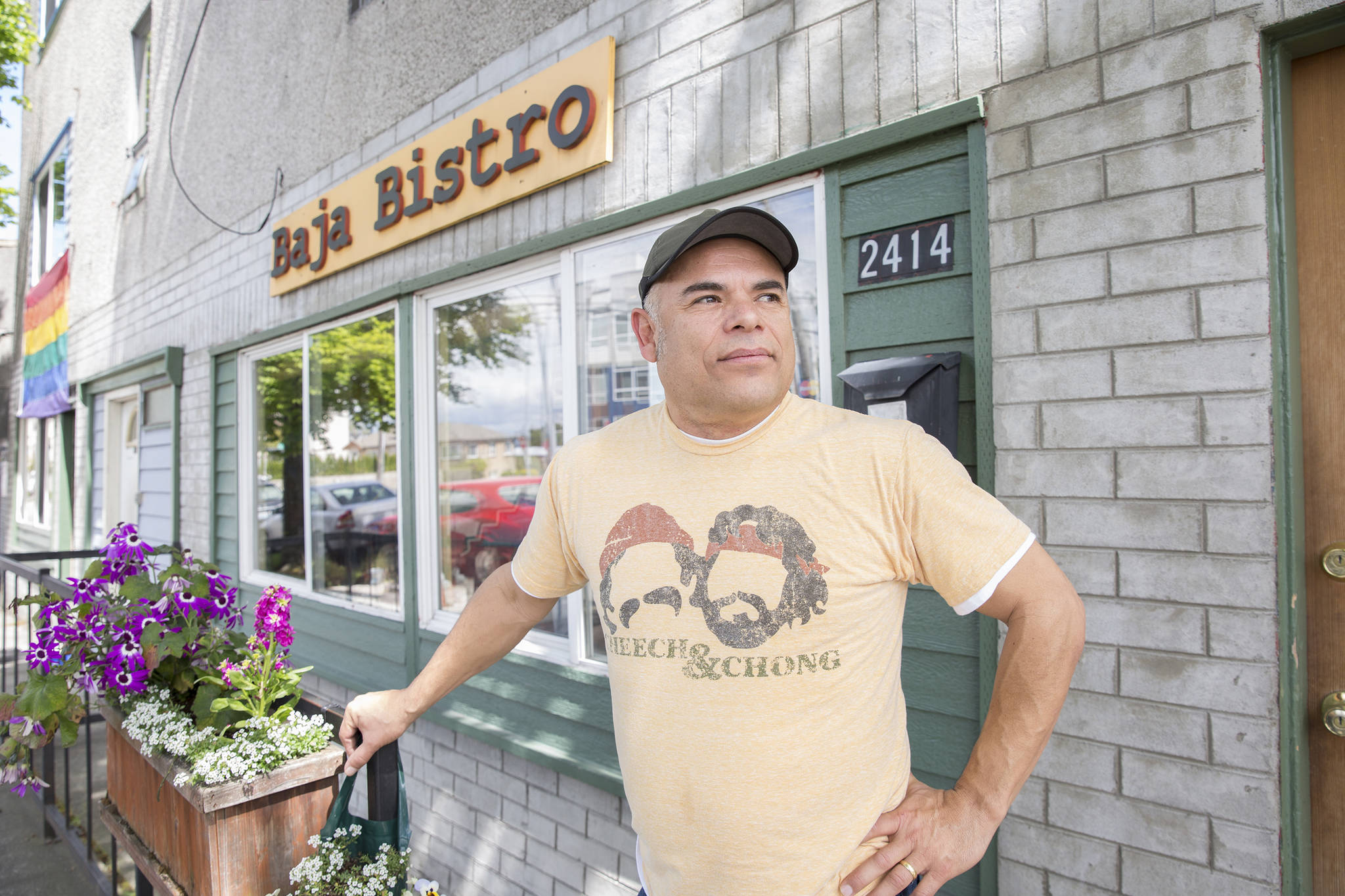The Penny Arcade eXpo isn’t just about the newest video games or the next big gaming platform; PAX West is a convention that brings fans of all cultures and walks of life together to share their love of gaming—all under one roof. But as is so often the case, the community under that roof inevitably reflects both the good and bad aspects of the society outside its walls, which means that the gaming nirvana that took over the Washington State Convention Center in downtown Seattle this past weekend still struggles with issues of diversity. But there are signs of progress to be found amongst the crush of gamers and booths.
The types of games on display are as diverse as their fans. A booth with hundreds of board games, many you’ve never heard of, fills a section of the convention center the size of half a basketball court. There are massive open sections of the exhibition hall with rows of tables for card-based games, most notably Magic the Gathering. Thousands of people pack tiny booths from independent game developers or cram into huge spaces run by massive names like Nintendo and Ubisoft. Twitch.com runs a live feed throughout the duration of the four-day event. CosPlayers walk the floor in intricate costumes from their favorite games, posing for photos and checking out other attendees sporting their own costumes. Excited fans with Amazon backpacks smile as they find new hobbies, dance with nostalgia, meet interesting people and find new games to play with old friends.
Despite all this apparent diversity on the floor, there is a designated place for a crowd that in the past hasn’t received much recognition. A fairly new addition to PAX, the Diversity Lounge first debuted in 2014 at PAX East in Boston. Although it initially received mixed reviews, the lounge has become as much a part of PAX as gaming tables. Located on the 6th floor of the exhibition hall near the elevators and next to the only gender-neutral bathroom at the event, it was hard to miss and was consistently full of convention-goers whenever I popped in. Organizations that included Gaymer X, I Need Diverse Games, Planeswalkers for Diversity, Geek Girl Con and media outlets like Jetspace Magazine were there to provide resources to gamers in the LGBTQIA community and information for those that have questions about different and alternative lifestyles. There were also plenty of opinions to share about the state of diversity in the industry.
“Gaming companies need to recognize the value in embracing diversity and the best way to do that successfully is to make sure your workforce is diverse,” said diversity lounge organizer Benjamin Williams. “There is a lot of work to create parity in gender and for racial minorities in the gaming industry profession.”
Robert Roth, the founder and editor of Jetspace Magazine, sees a significant lack of overall diversity in the gaming community. “The Diversity Lounge at Pax is an important step, but it’s unfortunate that kind of thing is still necessary: to have an area dedicated specifically for all diversity. It’s not just queer booths that are here; there’s also booths that represent women in gaming and ableism in gaming. It’s definitely something the gaming industry can still improve upon. The increase in representation for diversity at PAX is more a result of people working for more diversity at PAX. People like Jetspace that publish queer stories on its web magazine or GeekGirlCon or OrcaCon or Northwest Press are all pushing towards representation. It’s still a cis-het-white guy club, but it doesn’t have to be that way.”
Toni Rocca, running the booth for San Francisco area LGBTQ gaming convention Gaymer X (A San Francisco Bay area LGBTQ gaming convention) told me that developers, artists, and companies are beginning to see the value in representing those that play their games. “There’s a million and one ways to approach it, and I think they’re all required, rather than just one,” they said. “A really easy place to start is bringing queer people into organizing spaces and making games, anything like that.”
The discussion of diversity wasn’t relegated to the lounge alone this year. PAX, which includes includes anti-harassment language in its policy overview, also hosted a panel titled “Queering up Misconceptions: LGBT Game Industry Life,” and featuring “queer vets from all facets of the craft,” including Chris Wright [CEO, Hangry Studios], Chris Millar [CEO, Funbits], Bryanna Lindsay [Environmental Artist, Volition], Daniel Lingen [Senior Conversation Manager, EA].
The panel, described as “A fun and candid discussion of LGBT life and careers in the game industry!“, was moderated by Gordon Bellamy, a visiting business student from the University of Southern California. I asked Bellamy what the gaming industry could do to help create a more genuinely accepting and widely representational environment. “Investing in the development of diverse creators of content, diverse marketers of content, diverse sellers of content at the college and university level where people are just starting to chart their course, would be my strongest recommendation,” he answered. “The more seeds you plant, the more trees that grow.”
